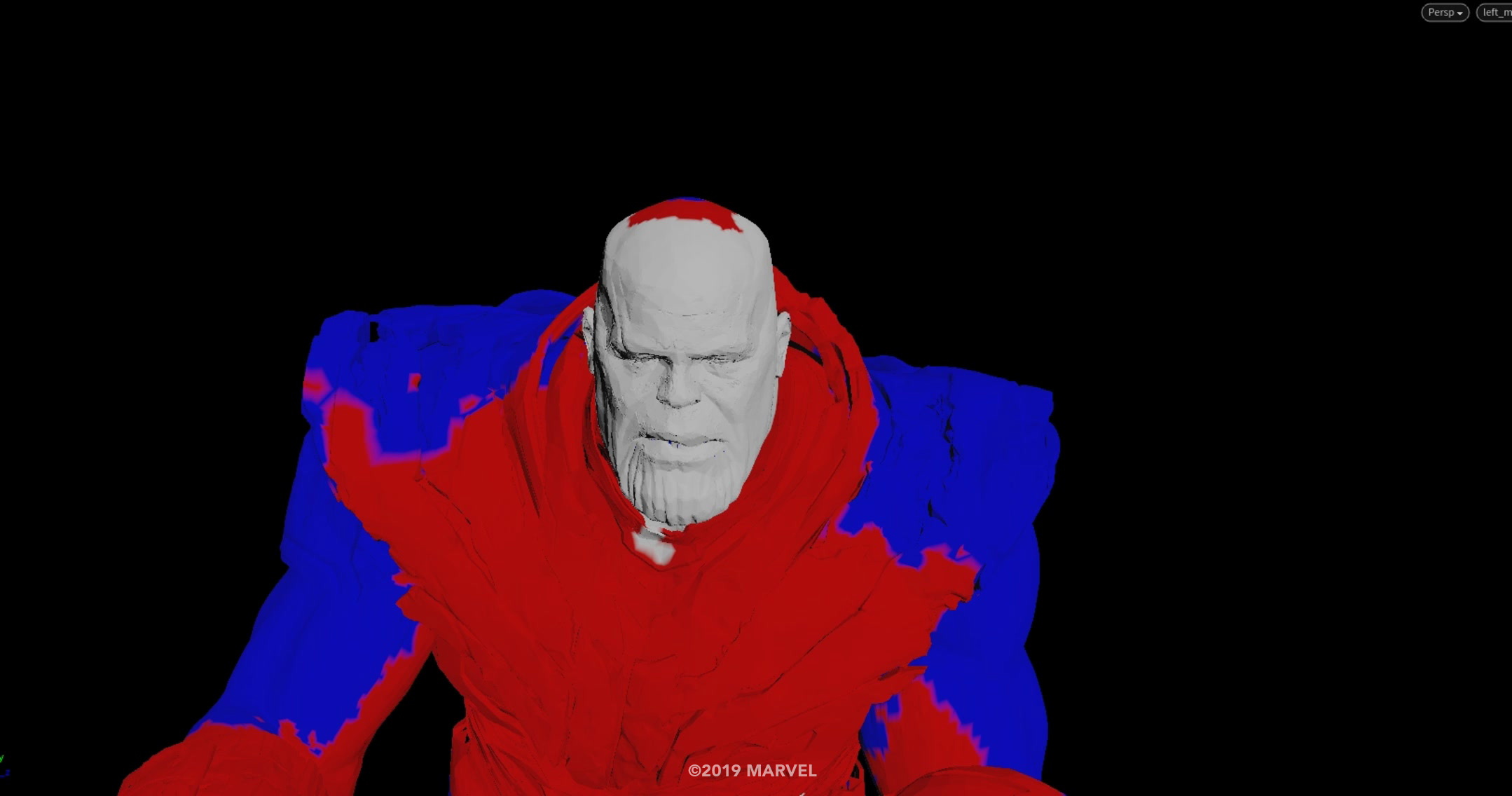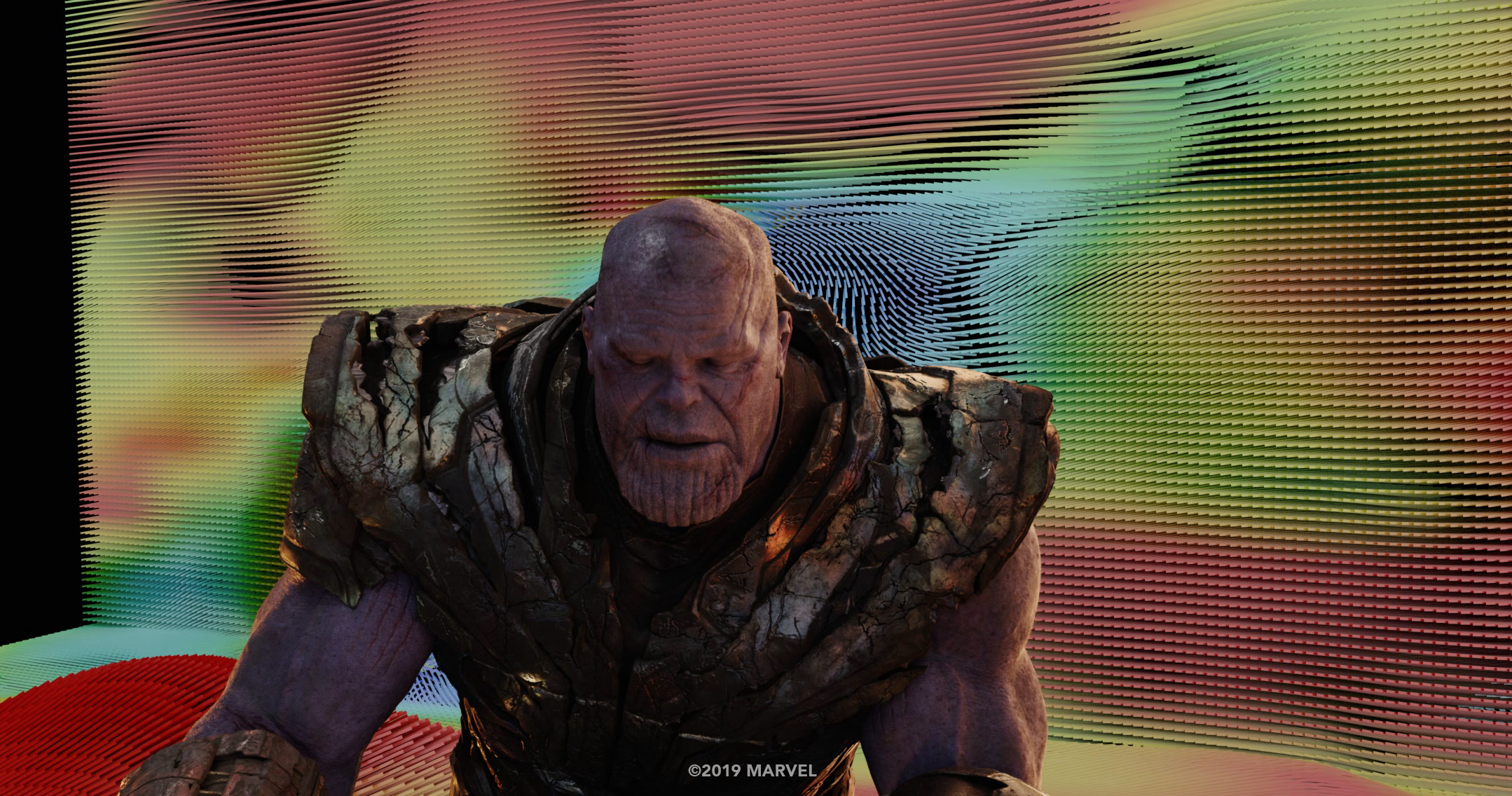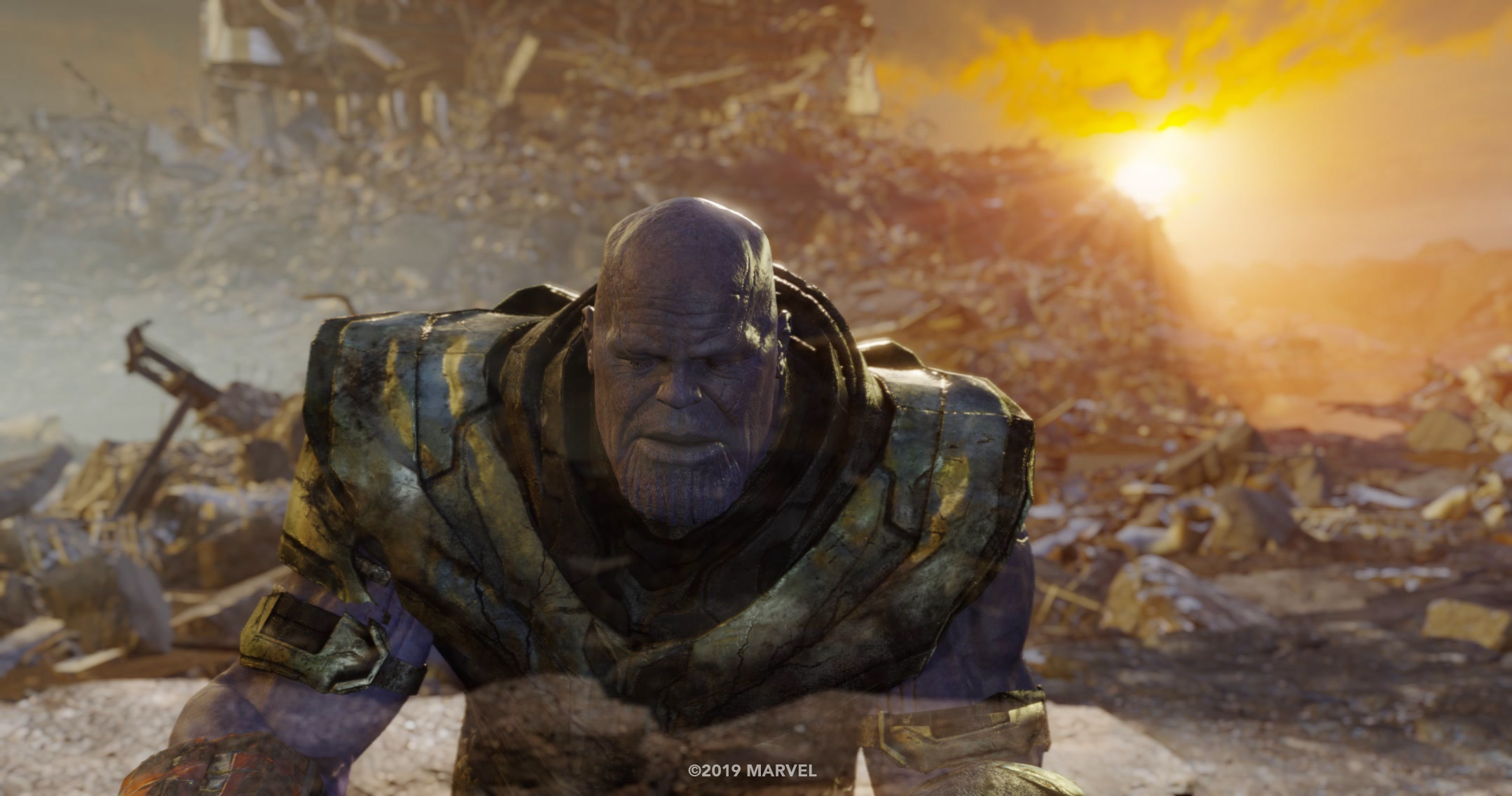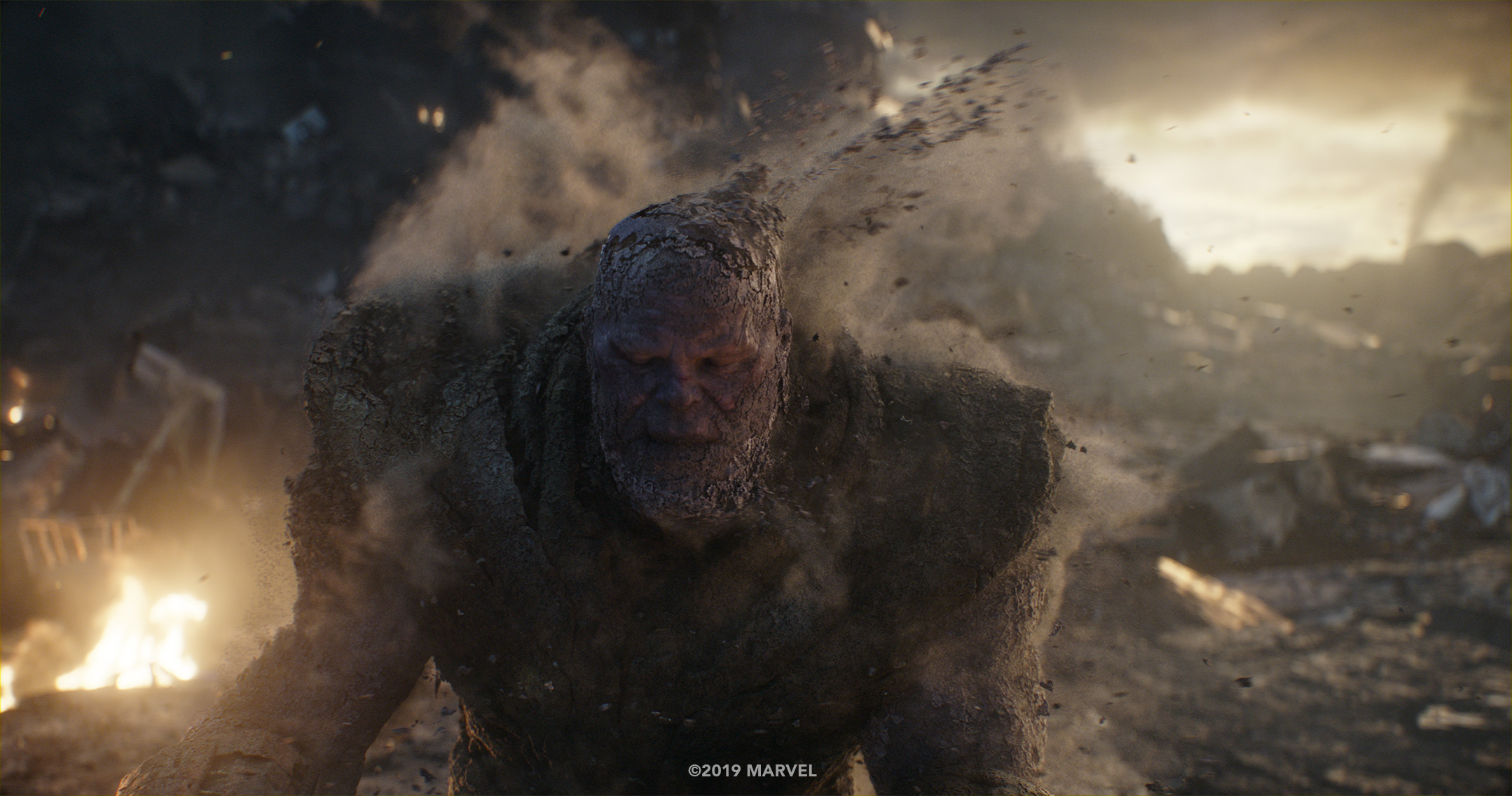
Well on its way to becoming the biggest movie of all time, Avengers: Endgame changed the Marvel Cinematic Universe and put an exclamation point on a 22-movie saga that unfolded over more than a decade.
In a movie filled with spectacular scenes, visual effects studio Weta Digital developed some of the film’s most memorable moments — including a third-act battle featuring just about every hero in the MCU.
Digital Trends spoke to Oscar-nominated visual effects supervisor Matt Aitken of Weta, who led the team’s work on Avengers: Endgame and offered up some thoughts on how the movie’s greatest moments — and characters — were brought to the screen.
(Warning: Avengers: Endgame spoilers abound below)
Digital Trends: First, congratulations on the film. I think it has a decent chance of being a hit.
Matt Aitken: [Laughs] Yeah, people do seem to be appreciating it and attending it, which is always lovely.
Did you have much time between working on Avengers: Infinity War and Endgame, or did it feel like one long project for you and your team?
“It definitely felt like two films, one project, because we rolled straight off Infinity War and into Endgame.”
It definitely felt like two films, one project, because we rolled straight off Infinity War and into Endgame. We delivered our last shots for Infinity War in April last year, then production scheduled a period to shoot the sequence that we were going to be working on [in Endgame], the third-act battle. That was scheduled for September and October of last year. Even into the beginning of this year, we got material to work on.
Your team did work on Thanos for Infinity War and then again in Endgame. Did the character feel different this time?
He is a different character, in a way. He’s Thanos, but he’s four years younger than he was in Infinity War because he’s coming from 2014. So we conceived him as a slightly younger, more agile, more powerful Thanos. We reflected all of that in the way we animated him — particularly in the fight sequences. There’s that scene when he’s fighting Iron Man and Thor and Captain America early on and he’s incredibly powerful. In Infinity War, he’s more of a philosopher, musing over his past exploits with Doctor Strange on Titan. In Endgame, he’s not messing around. You have to reflect that in his animation style.
Thanos was so well-received in both films because of how well you could understand and empathize with his emotions, even when there wasn’t any dialogue. Did your process change at all for Endgame?
We did do some more work on the technology that we use to animate facial performance to capitalize on some recent developments there. We felt that it was really important that you could identify with his decisions on an emotional level. He’s looked forward into the future and saw what happened in Infinity War and realized his plan just isn’t going to work — so he essentially decides to destroy the whole universe. That wouldn’t really have played well if you didn’t have a sense of that seething resentment he feels. He’s not overly flamboyant or histrionic, but you know he means business, and it was important to feel that seething undercurrent of anger.
Let’s talk about that final battle scene with all of the heroes of the MCU taking on Thanos’ army. Did it feel as big for you on the design side as it felt for us on the audience side?
“It was really important that you could identify with his decisions on an emotional level.
Yes, I would say so. It was daunting the first time we got a sense of exactly what was going to be involved in the scene. It’s a hugely complex scene. We ended up delivering just under 500 shots for the movie and they’re all in that final battle.
Battle scenes like this always go through an evolution from what was initially conceived to what we see on the screen. What was that evolution like for you and your team?
Well, that’s something we welcome, that change. That often comes from the filmmakers allowing us to collaborate with them on the shape of the final work. The filmmakers have these tight turnaround schedules they’re working with, and they’re constantly improving the storytelling themselves, making changes up until the very last minute — right up until the studio takes the work off their hands. We like to support that and enable them to continue to improve the film.
Were there any particular sequences that tested your ability to work on the fly and evolve with the demands of the filmmakers and the story they wanted to tell?
One thing I can talk about is the sequence we call “The Women of Marvel.” It’s when Captain Marvel gets the gauntlet from Peter Parker and nearly every woman character who has ever appeared in an MCU film comes to her aid and supports her in the battle.
They did a shot of all of the women gathering, and that was a pretty amazing day to be on set. The action followed Captain Marvel trying to get the gauntlet into the quantum tunnel inside the van, while Thanos and his army tried to stop her. The filmmakers had a few ideas on how that could play out and by the time they worked it out, the team that had been doing previsualization [the process of visualizing complex sequences before actually filming them] had actually finished for the day. So Weta got the call to [previsualize] the sequence. So we had to come up with the shape and the form of that scene. There was a big brainstorming session we had with the animators, and Marvel received what we gave them very positively, which was incredibly gratifying. They tweaked it a little, which you’d expect, and that became the blueprint for that sequence.


Were there any characters in that battle that presented a challenge or stood out on the design side for one reason or another?
We got to work with Scarlet Witch for the first time in that battle. Avengers: Age of Ultron was the first time we got to see her, and she’s developed her ability to use her powers, so she’s more powerful now. We got some reference from Dan DeLeeuw, Marvel’s visual effects supervisor, which he actually pulled from Marvel comic book art. That artwork is incredibly graphic, and it’s not all going to work in a live-action film context, but it was a really good starting point, design-wise, for us. So our simulation team worked up a version of it.
It was a process we had to do multiple iterations on, and at one point I wondered if we were ever going to get there. But we did.
Her powers are the kind of thing where you can have a starting point with 2D concepts, but the only way you’re really going to figure out what the effect looks like is by running simulations and just working it up. That all takes time. It’s a process of exploration and reviewing work with the filmmakers and Marvel. It was tricky. It was a process we had to do multiple iterations on, and at one point I wondered if we were ever going to get there. But we did. And I think the scene plays well. She’s triumphing over Thanos to the point where he decides that the only way out is to have his ship strafe the whole battlefield. That effectively kills his own troops as well as killing everybody else. He has to resort to those desperate measures. So yeah, it looks great in the end, but it certainly was a challenge at the time.
How do you go about keeping the individual characters recognizable during a massive battle like this?
That’s something we pay very careful attention to, and it takes me all the way back to the work we did on Lord of the Rings. This is pretty much the same territory. We’ve got Outriders and Chitauri and Sakaarans on Thanos’ side, and then we’ve got sorcerers and Ravagers and Guardians and Wakandans on the heroes’ side — all with their own, individual fighting styles. We wanted to honor that and preserve it.
More on Avengers: Endgame
- Why Thor is the key to the Marvel Cinematic Universe after Avengers: Endgame
- What Avengers: Endgame means for Iron Man in the Marvel Cinematic Universe
- After Avengers: Endgame, what’s next for the Marvel Cinematic Universe?
- What does Avengers: Endgame mean for the Black Widow movie?
We used crowd simulation software called Massive to animate the armies. We originally developed Massive for Lord Of The Rings, and it uses motion-capture performance data. For Endgame, I spent a few days in Atlanta with the film’s stunt coordinator and a group of stunt teams. We worked up a series of vignettes — little scenes within the giant battle. We’d have three or four stunt teams and tell one team, “You guys are going to be Chitauri now,” and tell another team, “You guys are going to be Wakandans.” So we’d work out a few different ways these groups would clash that preserved the characteristics of their fighting styles, and record those vignettes. We’d do all sorts of permutations and combinations of different armies fighting different armies. As a result, we don’t get a bunch of guys poking around each other with swords. It has a lot of visual complexity, which is very, very satisfying.
You’ve worked on Iron Man a few times now. How did the character change for you this time around?
We do have a relationship with Iron Man that goes back to the original Avengers movie, and includes Iron Man 3, where we got to do a wealth of different Iron Man suits. In Infinity War, he deployed his new Mark 50 suit with “Bleeding Edge” nanotech. The idea with the suit in Endgame is that he took a beating on Titan in that suit. He gets back to Earth and preserves the nanotech aspect of the suit, but the Mark 85 suit of Endgame goes back to the aesthetic of the earlier Iron Man suits, which had a more armor-plated feel. Tony is making sure he doesn’t have to go through another beating like he got on Titan. So it’s a best-of-both-worlds suit.
A key characteristic of the new suit is that it doesn’t have the sports-car, clear-coat surfacing that the other suits have had over the years. It had a slightly more solid, almost dull metallic feel to give it a more armored look. Even so, he still has the nanotech and uses it to deploy that array to capture Thor’s lightning and refocus it into his repulsor beam. There’s also that key moment when he uses the suit to form a gauntlet and endures the terrible energy of the Stones. You see the suit trying to protect him. The suit fights the energy surging through Tony, and it tries to rebuild itself as it gets damaged. That was a complex simulation we ran.

Is there a particular scene or experience that really sticks with you from this film? What comes to mind first when you think of working on Avengers: Endgame?
The part that has the most emotional resonance for me is the portal sequence. It’s that moment when we feel like everything is lost. Thanos has taken Iron Man and Thor out of the battle, and Captain America is the last man standing. He’s squaring off against Thanos and his army. And then the portals start opening behind him. That’s the moment when you realize all these beloved characters are really going to come back. I’ve watched the film a few times with a live audience and the response to that moment is just electric. It’s amazing. I could tell the way the scene was written that there was potential for it to have this emotional payoff, and I was I was really looking forward to that when we worked on it. I was so mindful of the fact that bad visual effects could really detract from that moment, so we did the best possible work to ensure the scene looks as glorious and spectacular as I imagined it.
A lot of those portal shots are entirely CGI, so they’ve got the digital doubles of pretty much every character who’s ever appeared in an MCU movie, and it involved digitally creating the environments you see within each of the portals. That was a big part of the work that we did in those shots. They all came together really well and I was so pleased with that. That’s the thing I take away as the lasting memory of working on this film.
The 22nd film in the Marvel Cinematic Universe, Avengers: Endgame is in theaters now.










